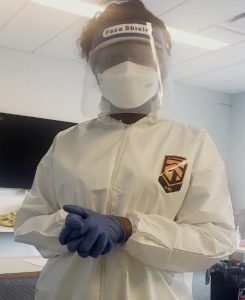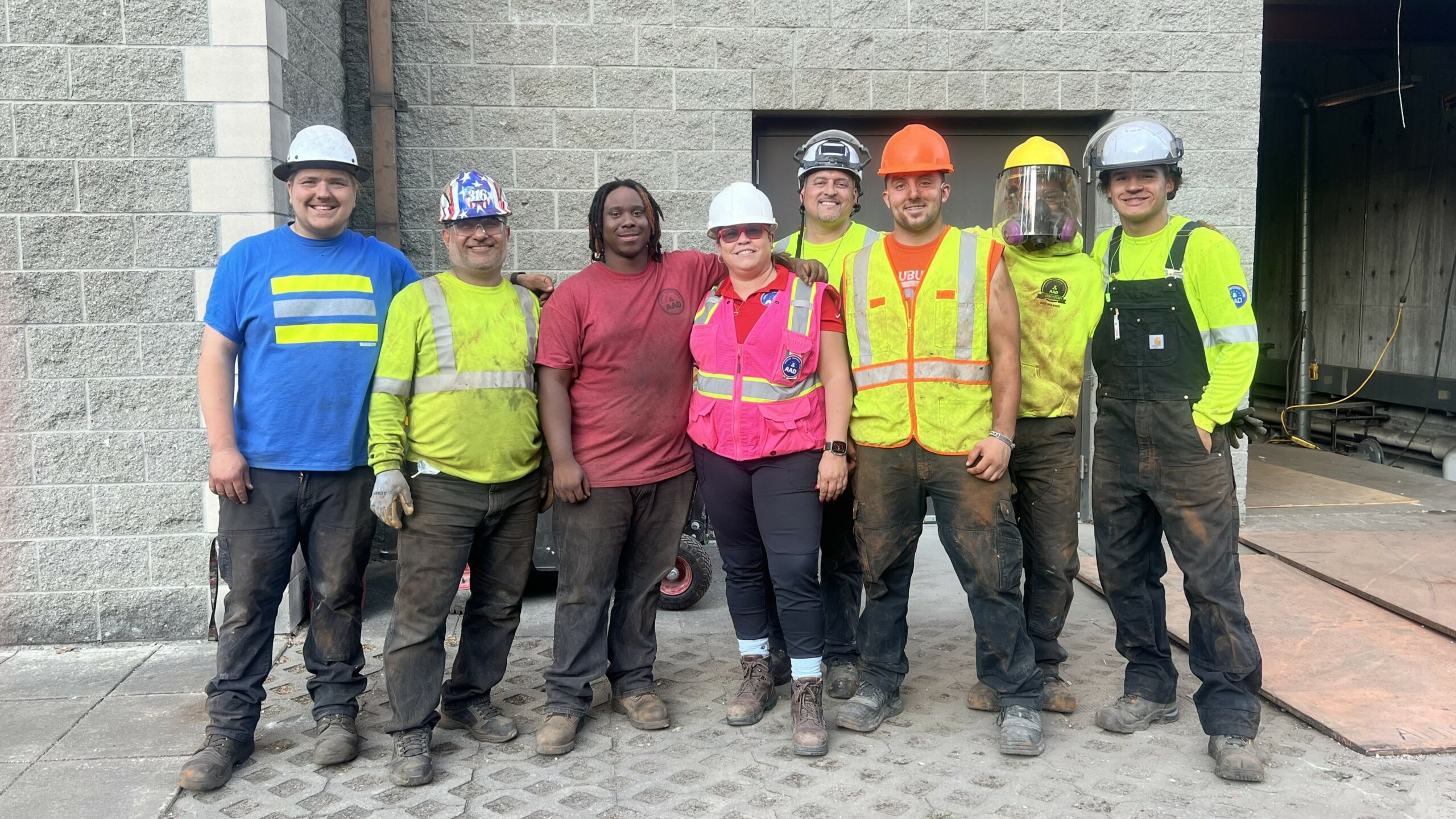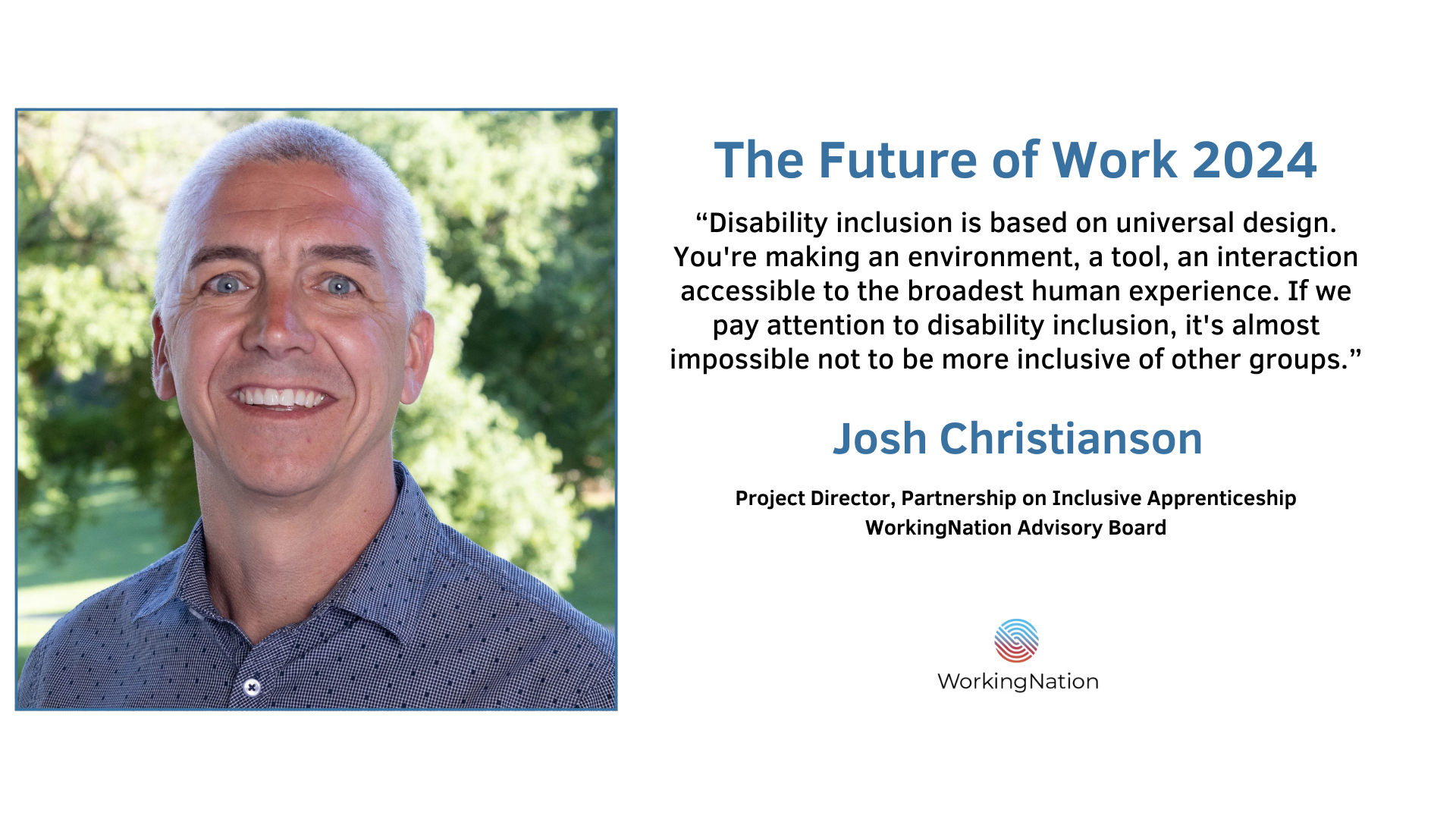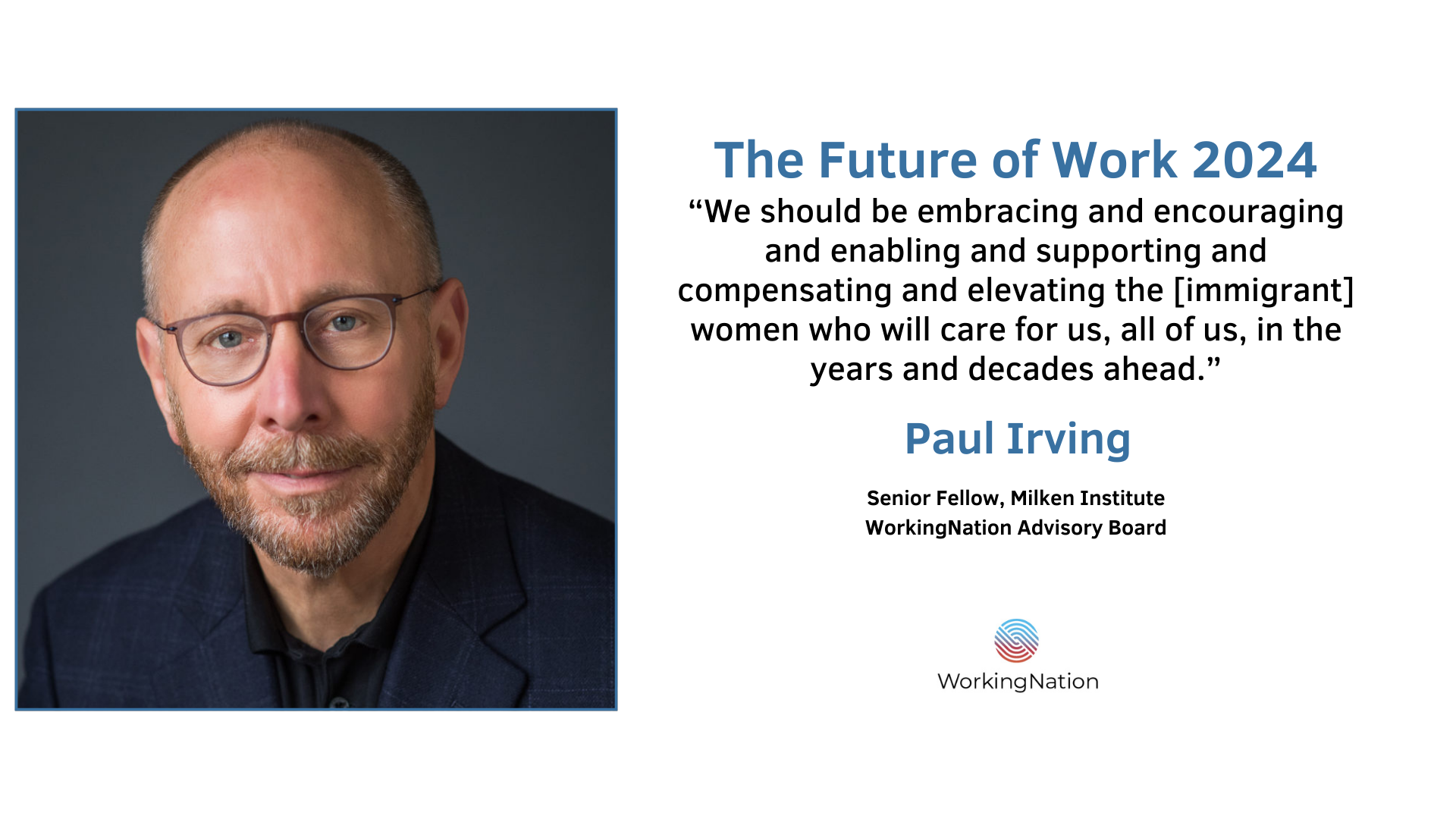As 2020 draws to a close, it’s stunning to reflect on the effects brought on by the world health crisis. The pandemic has generated much discussion about the loss of jobs, lack of access to training and opportunity, and calls for inclusion. Among those hard-hit: immigrant workers.
“There are immigrants who have pretty limited formal education either because they didn’t get far in their home countries or they left high school early in the U.S. to help work and support their families,” says Amanda Bergson-Shilcock, senior fellow at the National Skills Coalition (NSC).
“There are also immigrants who come to the U.S. with foreign degrees and credentials. They were an engineer, a doctor, an architect, a bookkeeper.”

Some can make lateral moves in their fields once in the U.S., according to Bergson-Shilcock. “But more often they find themselves trapped in low-wage jobs that don’t draw on their full skills and ability.”
Immigrant jobseekers are not always aware of the resources and services that might be available to them, according to Bergson-Shilcock. “They’re so busy working a survival job that they don’t necessarily know what kinds of additional services might be available to them to help them advance in their careers.”
Language is an issue for the immigrant jobseeker. “One thing that the U.S. is quite clear about in its labor market is that there’s an extremely direct connection between better English and better wages. Every little bit of English that you get helps you get a better job in terms of how much you’re earning,” says Bergson-Shilcock.
Local Solutions
Seattle-based Asian Counseling and Referral Service (ACRS) provides a variety of services to its clients. Its Ready to Work program helps improve English language skills and job skills, as well as case management.
Alexandra Olins, director of employment and citizenship services at ACRS, says clients are tasked with the responsibility of communicating with their case managers when they’re ready to look for employment. “They’ll start working on their plan, their resume, their cover letters, depending on what their skills are, and what their needs are. It’s all pretty individualized.”

Jobs that provide essential services including delivery drivers and grocery store workers are hiring in Seattle, according to Olins. During the pandemic, she says her clients should use their time to continue learning. “We’re telling people really invest now while you have to be home with your kids. Study English.”
There is an option for those who want to upskill, according to Olins. “They can take classes at the community college level when they finish ESL (English as a Second Language). That’s probably the most affordable best training option around.”
Recognizing Foreign Degrees and Credentials

“There are two million college-educated immigrants and refugees, all work-authorized in the United States who are unemployed or underemployed,” says Jina Krause-Vilmar, the CEO and president of Upwardly Global. The nonprofit’s mission is to eliminate employment barriers for immigrants and refugees who have skills and credentials and to help integrate them into the U.S. workforce.
“In a perfect world, employers will stop requiring ‘previous U.S. work experience’ and favor more standard industry certifications instead, which are a more accurate representation of apples-to-apples experience and qualifications than location,” says Annie Fenton, program director of the Michigan International Talent Solutions (MITS) – part of the Office of Global Michigan.
If someone has skills in an industry that doesn’t have a Michigan presence, Fenton says MITS helps identify how that past work experience may work in another field. “We do a lot of focus on transferable skills and switching people to industries that are similar or can use the same background. It really does depend on the imagination of the employers as to what they’re willing to entertain.”

Fenton says individuals in the MITS program have a variety of professional experiences. “We have the STEM backgrounds, lots of health care professionals. We also work with lawyers, teachers, social workers, finance, accounting, data analysts, pretty much you name it.”
Krause-Vilmar says it’s difficult to step back into certain occupations. “It depends. If you’re looking at the workforce, there are industries that are highly regulated like health care. Then there are fields that are not as highly regulated like technology.”
If someone is an internationally trained doctor, Krause-Vilmar says the process to re-license and re-credential is timely. “It usually takes up to a 10-year commitment to re-license for doctors. It is expensive. There is a real cost between being able to survive and put food on the table, and opportunity costs being able to invest in getting back into their fields.”
Figuring Out Her Options
Abimbola Grant sought services from Upwardly Global.
Originally from Nigeria, Grant trained to become a doctor in Russia, and practiced as a medical officer at a community health facility in Nigeria.

Grant now lives in Illinois and is currently working as a contact tracer and a phlebotomist.
When she moved to the U.S., she knew that she would have to do a medical residency if she wanted to work as a physician. “I already knew it is quite difficult to access over here, because I had a few friends that we went to school together that moved right here from Moscow, and still had the challenge of doing the residency. Quite a few got in after a few years, but some are still lingering on how to get into a residency.”
Grant says she is not giving up on the idea of doing her residency, but also has plans B, C, and D.

She is considering going to graduate school and getting her Ph.D. – perhaps with an eye towards teaching.
But in the shorter-term, Grant hopes to find employment as a clinical research associate (CRA). “I did the certification on clinical research associate already, so I hope to work at a university or a pharmaceutical company.”
Looking ahead, Grant says, “If I get something that is medically-related, I go for it. I don’t wait too long. I believe that every single minute, every single second counts in my life.”
Who Makes Up the Immigrant Population?
“Immigrants are one in six American workers. That is one out of every six people who are currently in the U.S. workforce was born in another country,” reminds Bergson-Shilcock.
“It’s important to recognize that three-quarters of immigrants in the U.S. are lawfully present. And most of those are legally authorized to work,” notes Bergson-Shilcock.
“A pretty substantial chunk are naturalized U.S. citizens. Another very substantial chunk are green card holders or permanent residents,” says Bergson-Shilcock. “The remainder has a variety of lesser known visa statuses or no status at all.”
Addressing the Impacts on the Immigrant Population
“The disparate economic impacts of the pandemic on workers of color, immigrants, and people with a high school degree or less is not an accident. Generations of prior public policy decisions, including those that limited access to high quality skills training and higher education for workers of color, helped fuel decades of structural racism.” This comes from a recent NSC report Skills for an Inclusive Economic Recovery.
Bergson-Shilcock says there are several ways to reach this population. Mainstream workforce agencies can subcontract with immigrant serving organizations. “These are usually community-based nonprofits that have already earned trust in the community.”
Another action, according to Bergson-Shilcock, “Put an immigrant navigator or specially-trained person with the mainstream workforce providers so when somebody walks in the door, they don’t get a confusing response.”
She adds, “You can pay for training programs that are led by a labor-management partnership, that is a collaboration between industry and worker organizations.”
She points to a workforce training model for people who are still building their English language skills. “The gold standard is a model called integrated education and training, or what some people call I-BEST which stands for integrated basic education and skills training.” I-BEST utilizes two instructors – one teaches content and technical skills, and the other focuses on ESL.
Don’t Overlook This Talent Pool
As the country moves forward in its economic recovery, employers should consider the immigrant worker.
The most innovative companies tend to be diverse, says MITS’ Fenton. “If we are consistently hiring carbon copies of ourselves, how can we expect to evolve and grow our companies?”
Companies should consider the immigrant worker in their hiring because of their resilience, says Krause-Vilmar. “I think this is a population that brings global perspectives and languages and all kinds of ingredients that are critical for companies who want to be competitive.”











